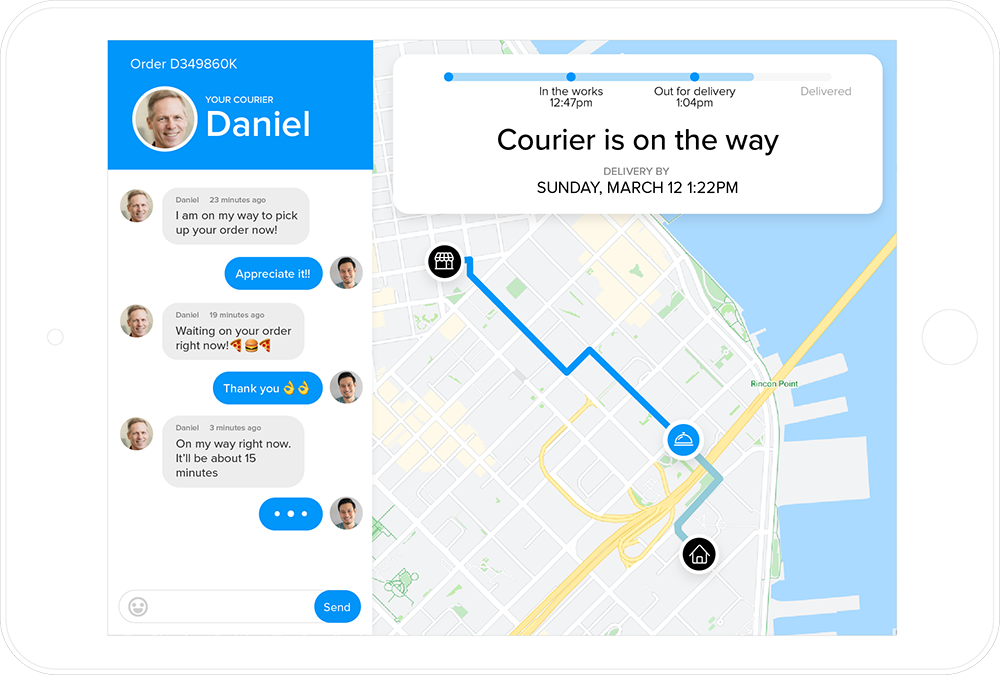What is a 502 Bad Gateway Error code?
A 502 error code, also known as a 502 Bad Gateway error, is an HTTP status code indicating a server problem. Specifically, it means that one server on the network received an invalid response from another server.
Causes and scenarios for a 502 error
Server Overload: The server is overwhelmed with too many requests, and it can't handle the load, leading to a failure in the gateway or proxy server.
Server Downtime: The server that the gateway or proxy server is trying to communicate with is down or unreachable.
Connection Issues: Problems in the network path between the gateway/proxy server and the upstream server can cause this error.
DNS Issues: Domain Name System (DNS) issues, such as incorrect IP addresses or DNS server failures.
Software Bugs: Bugs in server software, such as misconfigured web server software or problems with server-side scripts, can result in a 502 error.
Firewall or Security Issues: Firewalls or security configurations blocking communication between servers can cause this error.
How to fix 502 HTTP error
For Website Visitors:
Refresh the Page: Sometimes the error is temporary. Refresh the page to see if it resolves the issue.
Check the Website Later: The server might be temporarily overloaded. Wait a few minutes and try accessing the website again.
Clear Browser Cache: Cached data can sometimes cause issues. Clearing your browser cache might help.
Try a Different Browser: Occasionally, the issue could be browser-specific. Try accessing the site with a different browser.
Restart Your Device: Restarting your computer or router can sometimes resolve network issues causing the error.
For Website Owners/Administrators:
Check Server Status: Ensure that your servers are running and that there are no outages.
Restart Server: Sometimes, simply restarting the server can resolve the issue.
Examine Server Logs: Check server logs (e.g., Apache, Nginx) for error messages or issues that can give clues about what’s wrong.
Check Proxy/Gateway Configuration: If using a reverse proxy (e.g., Nginx, Cloudflare), ensure it is configured correctly.
Review Server Resource Usage: High CPU, memory, or bandwidth usage can cause 502 errors. Ensure your server has adequate resources.
Check for DNS Issues: Ensure your DNS settings are correct and the DNS server is responding properly.
Update Software: Ensure that all server software, including web server, proxy server, and application software, is updated.
Disable or Reconfigure Firewall: Sometimes firewalls or security software can block connections between servers. Temporarily disable or reconfigure firewall settings.
Review Application Code: If the error started after a recent code deployment, review the changes for bugs or misconfigurations.
Check Load Balancer Configuration: If using a load balancer, ensure it distributing traffic and that backend servers are healthy.
Contact Hosting Provider: If unable to determine the cause, contact your hosting provider for support. They may have more insights or tools to diagnose the issue.
For Developers:
Check Dependencies: Ensure the application relies on all external dependencies (e.g., third-party APIs) functioning correctly.
Optimize Application Code: Poorly optimized code can lead to server overload. Ensure your code is efficient and not causing excessive server load.
Increase Server Capacity: If your server frequently encounters high traffic, consider scaling up your infrastructure.
Common HTTP Network Tools and Commands:
Ping: Use ping to test the connectivity between your server and another server.
Traceroute: Use traceroute to identify where the network path is failing.
cURL: Use curl to make requests and check responses from your server.
Server Logs: Check /var/log/nginx/error.log or /var/log/apache2/error.log for Nginx and Apache, respectively.
